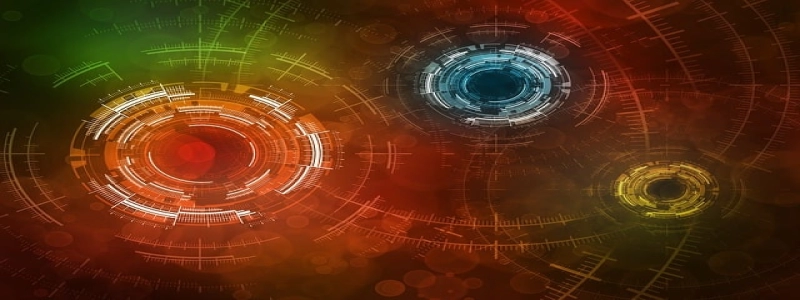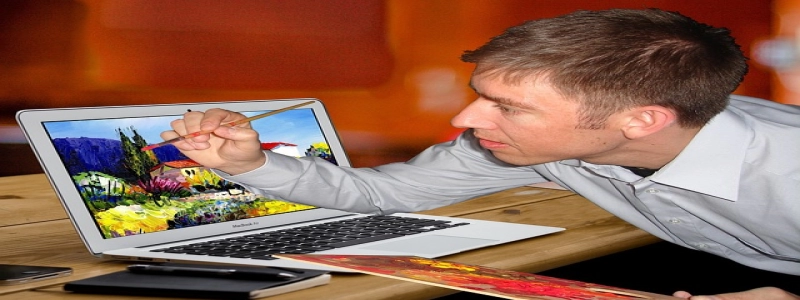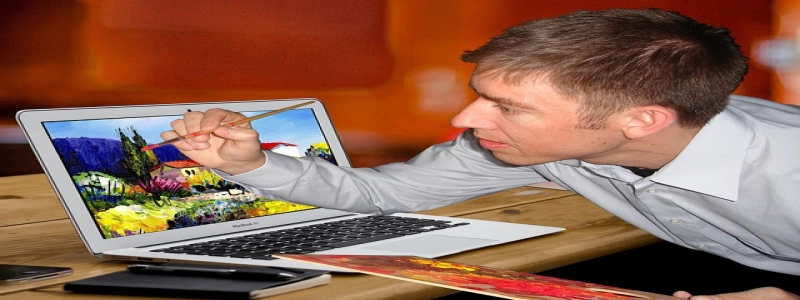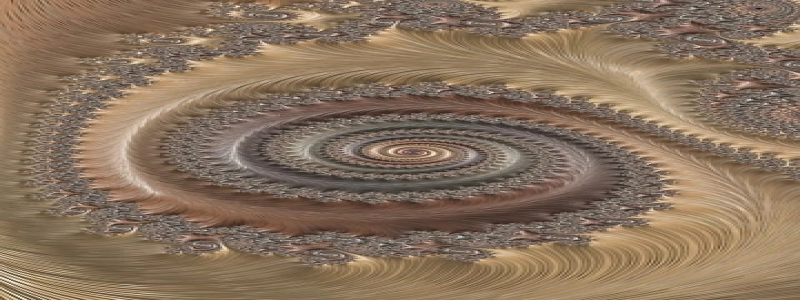A Fiber Optic Cable Consists of Four Basic Components
Introduction:
Fiber optic cables are a crucial component of modern telecommunications systems. They are used to transmit large amounts of data at extremely high speeds over long distances. Understanding the basic components of a fiber optic cable is essential in comprehending how it functions and why it is so efficient in transmitting data.
I. Core:
The core is the central part of a fiber optic cable. It is made of ultra-thin strands of glass or plastic called fibers. The core is responsible for carrying the light signals, which act as data carriers. These fibers are designed to minimize signal loss and maintain high transmission efficiency.
II. Cladding:
The cladding surrounds the core and is made of a different material with a lower refractive index. Its purpose is to keep the light signals contained within the core. By reflecting the light back into the core, the cladding prevents them from escaping and ensures that the signals travel in a straight line through the cable.
III. Buffer Coating:
The buffer coating serves as a protective layer around the cladding. It is typically made of plastic and has a larger diameter than the core and cladding. The buffer coating safeguards the fiber optic cable against physical damage, such as bending or stretching. It also helps to insulate the fibers from external factors like moisture and temperature fluctuations.
IV. Jacket:
The jacket is the outermost layer of the fiber optic cable. It is usually made of durable materials like PVC or polyethylene and provides additional protection against abrasion and environmental elements. The jacket further enhances the robustness and lifespan of the cable, making it suitable for installation in various environments and applications.
Conclusion:
By understanding the four basic components of a fiber optic cable, we can appreciate its design and efficiency in transmitting data. The core, cladding, buffer coating, and jacket work together to ensure that the light signals carrying data are efficiently contained and protected throughout the transmission process. The continuous advancements in fiber optic technology have revolutionized the telecommunications industry, enabling faster and more reliable communication systems.








